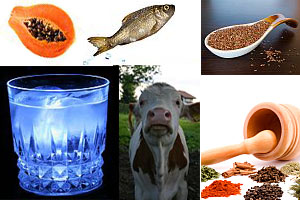Chiropractic Patients Recover Faster, Spend Less Money
Back pain is an expensive health problem for both patients and businesses. A 2012 study reported that we spend about $635 billion on pain every year, with a significant amount of that spent on back pain. Over the years, quite a few studies have shown that chiropractic care is more effective for back pain than medical care, plus chiropractic patients spend less money on their care than medical patients do.
Because back pain is such a common problem, a group of Canadian researchers recently investigated the role that the type of primary caregiver has on financial compensation.
This was a large study of 5,511 patients who experienced a work-related back injury in Ontario, Canada. The patients saw the following providers for their first visit:
- 85.3% saw a medical doctor
- 11.4% saw a chiropractor
- 3.2% saw a physical therapist
The authors set out to “compare the duration of financial compensation for back pain” among patients from each care group.
The study found that chiropractic patients had the shortest amount of time receiving compensation for their pain and also were less likely to have a recurrence.
In addition, chiropractic patients didn’t need to see other healthcare providers for their pain. 75% of chiropractic patients saw no other provider, while 58.6% of physical therapy patients also saw a medical doctor.
The authors conclude:
“The type of healthcare provider first visited for back pain is a determinant of the duration of financial compensation during the first 5 months. Chiropractic patients experience the shortest duration of compensation, and physiotherapy patients experience the longest.”
Blanchette M, Rivard M, Dionne CE, et al. Association between the type of first healthcare provider and the duration of financial compensation for occupational back pain. Journal of Occupational Rehabilitation 2016 Sep 17.
Today’s article was written by Michael Melton and is shared from the following website: https://www.chironexus.net/2016/09/chiropractic-patients-recover-faster-spend-less-money/





 The National Highway Traffic Safety Administrations reports that more than two million people are injured every year in auto-related accidents involving either a passenger vehicle, large truck, or motorcycle. Furthermore, that number appears to be climbing at an alarming rate, increasing more than five percent between 2014 and 2015 alone.
The National Highway Traffic Safety Administrations reports that more than two million people are injured every year in auto-related accidents involving either a passenger vehicle, large truck, or motorcycle. Furthermore, that number appears to be climbing at an alarming rate, increasing more than five percent between 2014 and 2015 alone.